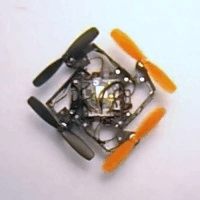Would you believe that the first large-scale virtual meeting happened as early as 1916? More than a century before Zoom meetings became just another weekday burden, the American Institute of Electrical Engineers (AIEE) pulled off an unprecedented feat: connecting 5,100 engineers across eight cities through an elaborate telephone network. Intrigued? The IEEE, the successor of the AIEE, just published an article about it.
This epic event stretched telephone lines over 6,500 km, using 150,000 poles and 5,000 switches, linking major hubs like Atlanta, Boston, Chicago, and San Francisco. John J. Carty banged the gavel at 8:30 p.m., kicking off a meeting in which engineers listened in through seat-mounted receivers—no buffering or “Can you hear me?” moments. Even President Woodrow Wilson joined, sending a congratulatory telegram. The meeting featured “breakout sessions” with local guest speakers, and attendees in muted cities like Denver sent telegrams, old-school Zoom chat style.
The event included musical interludes with phonograph recordings of patriotic tunes—imagine today’s hold music, but gloriously vintage. Despite its success, this wonder of early engineering vanished from regular practice until our modern virtual meetings.
We wonder if Isaac Asimov knew about this when he wrote about 3D teleconferencing in 1953. If you find yourself in many virtual meetings, consider a one-way mirror.

















